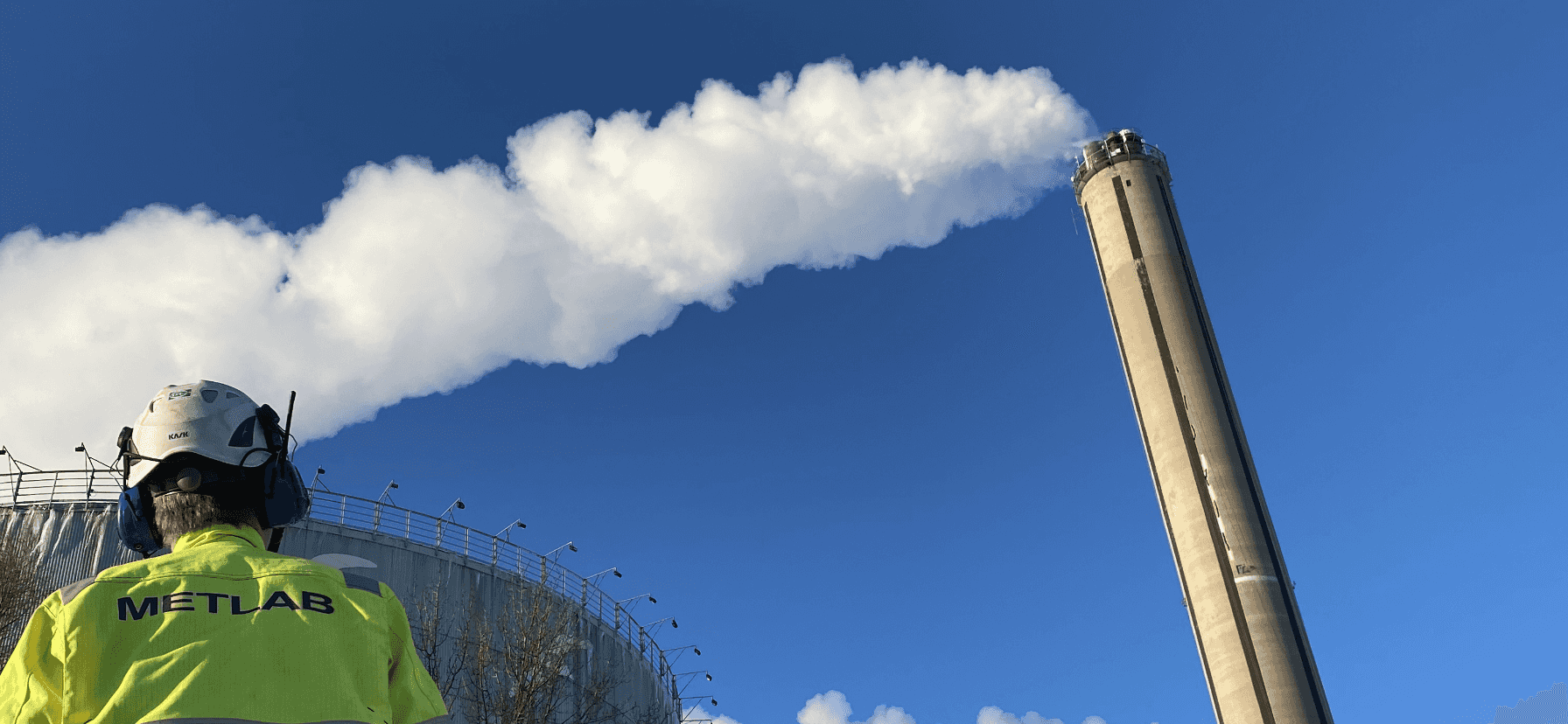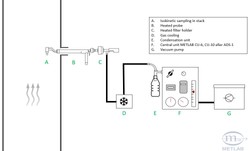
Service
Dust measurement
Since 1965, METLAB has helped Sweden’s industries with dust measurement and other accredited emission measurements. Let us help you too.
Dust measurement
Dust is particles that are so small that they can often float in the air for a long time. These particles can have different origins, for example from natural sources such as soil and pollen or from human activities such as industry and traffic. Dust can have a negative impact on both health and the environment. When people are exposed to high levels of dust, it can cause breathing problems, allergic reactions and lung diseases such as lung cancer and silicosis. Dust can also have a negative impact on the environment by causing acidification, eutrophication and contaminating surface water and groundwater. Therefore, it is important to carry out dust measurements and monitor the levels of particulate emissions to reduce its impact on health and the environment.
How are dust measurements performed?
A suitable measuring point is selected in the chimney or duct. Since the nature and mass of the dust can vary greatly from process to process, it is important that the flow conditions in the channel are such that the particles are reasonably evenly distributed in the measurement plane. For example, it is inappropriate to perform a dust measurement immediately after a duct bend because the particles can then be flung to one side of the duct and the result will be misleading.
A carefully pre-weighed filter of the appropriate size is placed in a filter holder on a probe. If sampling takes place on moist gases, sampling takes place with a heated probe and filter holder to prevent condensation in the probe tube.
The probe is placed in the channel whereupon a partial flow is sucked out and the volume is determined in a calibrated gas meter. The sampling takes place isokinetically, which means that the speed at the tip of the probe is the same as the prevailing gas speed in the channel. This is critical because over- or under-isokinetic sampling means that the flow around the probe is affected and the particle concentration at the measurement point becomes unrepresentative.
The number of samples and the length of the samples are determined in advance according to what is considered appropriate, a common arrangement is two samples in the range of 0.5-2h per sample. If the dust levels are low, longer sampling may be recommended to improve measurement uncertainty.
After the test is completed, the filter is handled carefully and transported back to the laboratory where it is weighed after conditioning in a heating cabinet and desiccator. The volume read on the gas meter during the test, the moisture content measured, pressures and temperatures are then usually used to calculate a result in milligrams of dust per normal cubic meter of dry gas or mg/m3ntg.
It is common for different types of combustion to recalculate the result according to conditions to a certain predetermined oxygen content, e.g. 11% O2 in waste incineration. This is done in order to be able to compare facilities of the same type without being affected by facility-specific conditions, e.g. dilution of the flue gases by supplied air which would otherwise lead to a misleadingly lower dust content.
Do you have questions about dust measurement or would you like to request a quote? Contact us already today
Start up internal dust measuring
Many industries choose to periodically check their emissions themselves by acquiring their own equipment and training from METLAB. A good way to avoid late and expensive surprises when the mandatory periodic condition check is done. Read more about our dust sampling equipment under the products department.
 Svenska
Svenska English
English